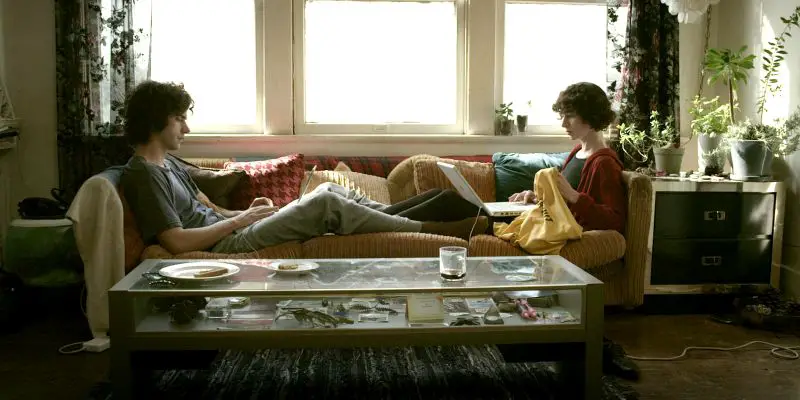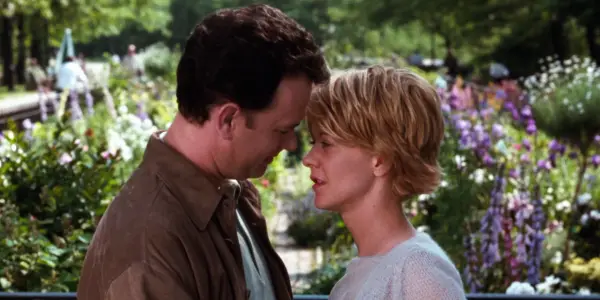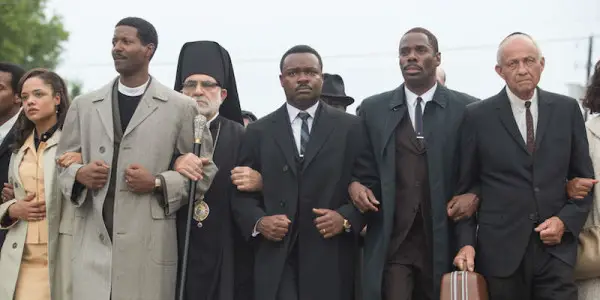Is The Call for Change in Hollwood’s Inequality New?

Manon de Reeper is the founder and CEO of Film…
Over the course of history, Hollywood has given female filmmakers few chances to work on film projects. Fewer chances than their male cohorts, to be sure – no matter their experience or education. Male directors are hired invariably and without doubt, and they are featured and lauded in media frequently.
Female directors are often denied funding to projects, and are often merely presented in media almost as if it’s a remarkable feat that a woman managed to make a film, and instead of being asked about their achievements, they are asked where their kids are.
Today, women in Hollywood are calling for change, and this is not without cause, as the American government is now officially looking into the equality issues in Hollywood. Is this call for change new? Have the women of Hollywood never called for change before? No and no – it’s not new, and they have. Let’s take a look at what happened in the past.
“The Original Six” – Previous Calls for Change
The current call for change is not unprecedented. When employment of women directors in Hollywood was at an all-time low (i.e. .05%) in 1979, six women (Susan Bay, Nell Cox, Joelle Dobrow, Dolores Ferraro, Victoria Hochberg and Lynne Littman) joined together to found the “Women’s Steering Committee” within the Directors Guild of America. It initiated a DGA-led class action against the studios, and sparked the Guild’s diversity program for women and ethnic minority male Guild members.

Between 1985 and 1995, their efforts led to a great increase in the employment of women directors – from .05% employment rate went up to 16%. They altered the landscape for women directors and ethnic minorities in Hollywood forever. Sadly, though, female employment rates have since plateaued, and then decreased again.
The Women’s Steering Committee had become apathetic and fearful, and the Guild had become averse to change. In 2014, only 4% of directors employed were women. And those women (sad, but true) were mostly the wives and daughters of male movie bosses.
(source: Maria Giese)
A Vicious Circle
Women directors don’t get the media representation and fame that (may) make it more attractive for Hollywood financers to hire their male colleagues. It has also become what the audience knows: women are not reported to be behind the camera often, so they don’t expect it. The audience doesn’t even consider it odd that it’s rarely a woman behind the camera, because it’s not what they know. Moreover, under-reporting women behind the camera also reinforces the notion that a woman cannot be a director, which leads to fewer women studying to become a director.

It’s not only an issue in the film industry. To take a page from the publishing industry, Harry Potter author Joanne Rowling (primarily known as J.K. Rowling) was asked to use her initials instead of her full name. Her publishers anticipated that the target audience of young boys would not want to read a book written by a woman. We all know how that turned out.
This type of inequality is deeply embedded within Western culture. Studios (mostly led by men) predict that men will not be interested in seeing something about women, or something that has been created by a woman. Currently, however, movies featuring female protagonists are increasingly popular (The Hunger Games, to name one), and continue to put money in the bank. In 2014, 52% of moviegoers have been reported to be female. Why then, is it still considered a “risk” to feature women more prominently?
The Call for Change Today
Today, the call for change is mostly happening online and through social media. Slowly, awareness is being built that the current affairs are not fair, not equal, and possibly illegal – it’s truly not a joke or the call for action from overenthusiastic feminists – it’s real and the government is convinced of it now, too. In May 2015, the American Civil Liberties Union called for an industry-wide investigation into Hollywood’s rampant discrimination against women directors.
Three weeks ago, it was reported that the federal Equal Employment Opportunity Commission (EEOC) will begin interviewing female directors to inquire about what action it should take to overcome the discrimination of women in the film and TV industry.
This investigation could lead to not just a DGA-led class action against the industry, but a government-led one. The DGA, in fact, have been ruled by court not to be fit to lead a class action against studios, because its majority of members are white males, and the DGA has had an intrinsic system that discriminated against women and minorities as much as the studios did.
People (both women and men) are speaking up on social media, and the internet is helping people unite. The times they are a-changin’.
What are your thoughts about gender inequality in the film industry? Please share them in the comments.
Please note that Maria Giese‘s first article for Film Inquiry is coming later this week. Read our announcement of our collaboration here.
Many thanks to Maria Giese for alllowing us to use her previously published material as a reference source.
(top image: The Future – directed by Miranda July – source: Roadside Attractions)
Does content like this matter to you?
Become a Member and support film journalism. Unlock access to all of Film Inquiry`s great articles. Join a community of like-minded readers who are passionate about cinema - get access to our private members Network, give back to independent filmmakers, and more.
Manon de Reeper is the founder and CEO of Film Inquiry, and a screenwriter/producer. Her directorial debut, a horror short film, is forthcoming in 2021.













